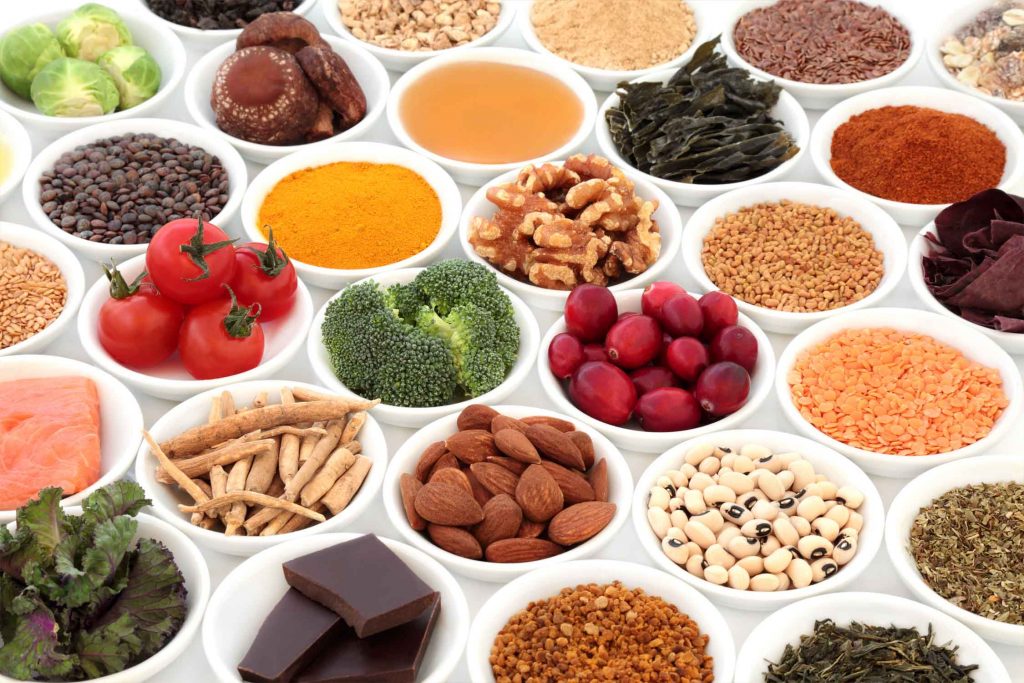Hey there, fellow vegetarians! 🌱 Are you dealing with the discomfort of Spondylolisthesis and wondering how your diet can help manage the symptoms? You’re in the right place! In this blog post, we’ll explore how to craft a spondylolisthesis-friendly diet tailored specifically for vegetarians. Let’s dive in!

Understanding Spondylolisthesis
Before we jump into dietary recommendations, let’s quickly recap what Spondylolisthesis is. This condition occurs when a vertebra slips out of place, usually in the lower back. It can lead to pain, stiffness, and discomfort, impacting your daily life.
The Power of a Vegetarian Diet
A vegetarian diet is rich in plant-based foods, providing essential nutrients that can help manage Spondylolisthesis symptoms. Here’s how:
Nutrient-Rich Foods
- Leafy Greens: Spinach, kale, and Swiss chard are packed with calcium and magnesium, essential for bone health.
- Legumes: Beans, lentils, and chickpeas are excellent sources of protein and fiber, aiding in muscle strength and digestion.
- Nuts and Seeds: Almonds, chia seeds, and flaxseeds are rich in omega-3 fatty acids, known for their anti-inflammatory properties.
Anti-Inflammatory Foods
- Turmeric: This golden spice contains curcumin, a powerful anti-inflammatory compound that can help alleviate pain and stiffness.
- Ginger: Whether fresh or ground, ginger has potent anti-inflammatory and analgesic effects, perfect for soothing Spondylolisthesis discomfort.
Calcium and Vitamin D Sources
- Fortified Plant-Based Milks: Opt for fortified almond, soy, or oat milk to ensure you’re getting enough calcium and vitamin D for bone health.
- Tofu and Tempeh: These soy-based products are not only rich in protein but also contain calcium and vitamin D, crucial for maintaining bone strength.
Crafting Your Spondylolisthesis-Friendly Meal Plan
Now that we’ve covered the basics let’s put together a sample meal plan:
Breakfast
- Smoothie: Blend spinach, banana, almond milk, and chia seeds for a nutritious start to your day.
Lunch
- Quinoa Salad: Combine cooked quinoa with mixed veggies, chickpeas, and a turmeric-ginger dressing.
Dinner
- Tofu Stir-Fry: Sauté tofu, bell peppers, broccoli, and cashews in a ginger-garlic sauce, served over brown rice.
Tips for Success
- Stay Hydrated: Drink plenty of water throughout the day to keep your body hydrated and support overall well-being.
- Incorporate Variety: Experiment with different fruits, vegetables, grains, and legumes to keep your meals exciting and diverse.
- Listen to Your Body: Pay attention to how your body responds to certain foods and adjust your diet accordingly.
Conclusion
With a balanced vegetarian diet rich in nutrients and anti-inflammatory foods, you can take proactive steps to manage Spondylolisthesis symptoms and improve your overall well-being. Remember to consult with a healthcare professional or registered dietitian to personalize your dietary plan based on your specific needs. Here’s to enjoying delicious, spondylolisthesis-friendly meals that nourish your body and soul!
